What Makes a Good Winter Tire?

Winter riding is fun. The crisp air, the clear skies and the beautiful views. Getting out and breathing fresh air. There are many reasons to enjoy it.
Winter riding requires preparation. The most obvious is clothing – which we’ll leave for another post. Today, let’s talk about what makes a good winter tire.

Cold temperatures make rubber less grippy. There is no way around this. In theory, it should be possible to formulate rubber compounds specially for optimum grip in cold conditions. In practice, many ‘Winter Compound’ bicycle tires offer less grip in cold conditions, rather than more.
With all tires, you need to consider the reduced grip when it’s cold. Especially on familiar routes, it can come as a surprise when the grip suddenly bleeds away, at speeds that are well within the limits when the temperatures are warmer.
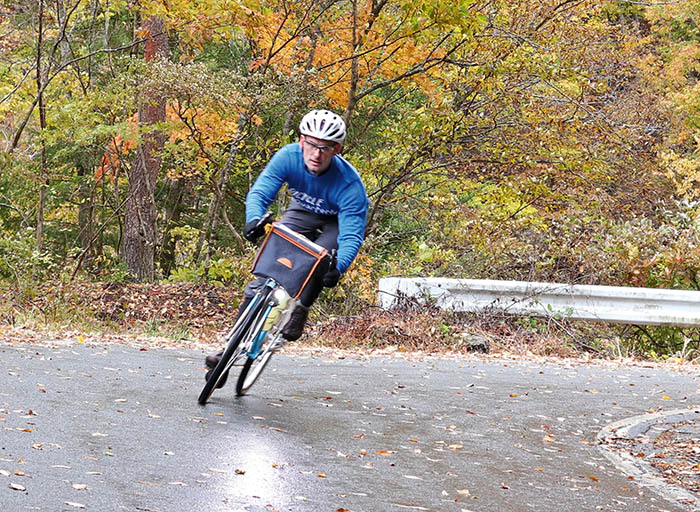
Having ridden many tires in cold conditions, I can say with confidence that the rubber compound of our Compass tires is among the most grippy you’ll find anywhere, cold or warm, wet or dry.

The chevron tread of Compass road tires helps to improve traction by interlocking with the road surface – which works regardless of the temperature. Even so, take it easy during cold days!
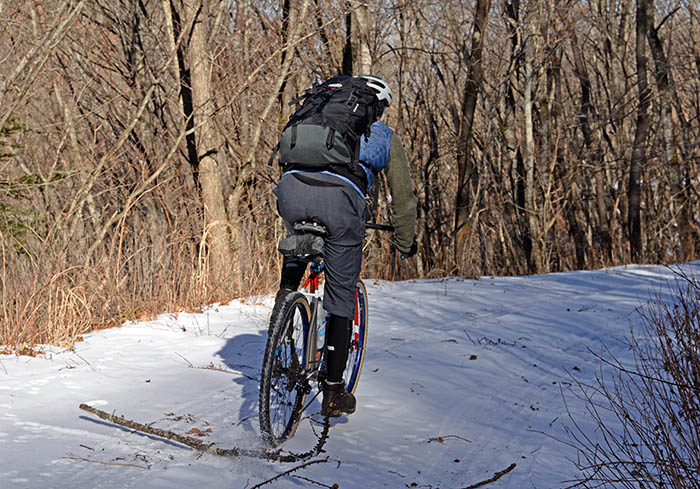
What about snow? Snow is surprisingly grippy. How much tread you need depends on the temperature: Cold snow requires only a chevron tread, like that of our road tires, to hook up. (You’ll see an imprint of the tire tread on the snow surface.) But when the temperatures are around freezing, the slushy snow is slippery, and you really need knobs to get good grip. (The knobs don’t hurt when it’s colder, either.)
Should a snow tire be wide – to float over the snowpack? Or narrow – to cut through the snow and try to find grip on the ground underneath?
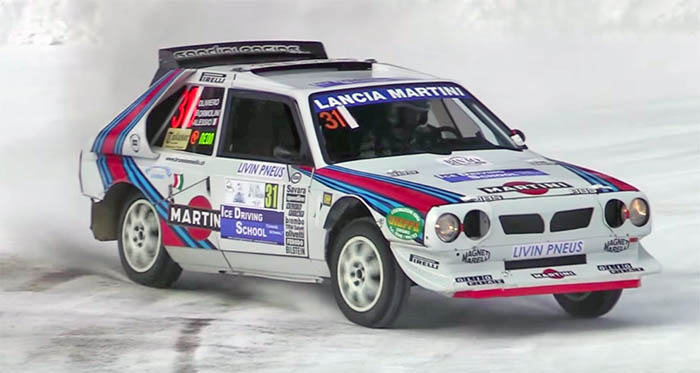
Rally cars use narrow tires in snow. They are heavy and powerful, which allows their tires to dig down to a firm surface underneath the snow.
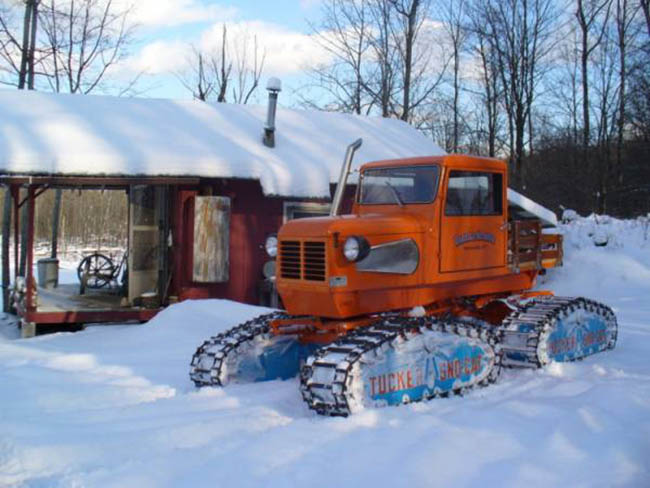
Snow cats use the opposite approach: Their wide tracks allow them to travel on top of deep snow without sinking in.
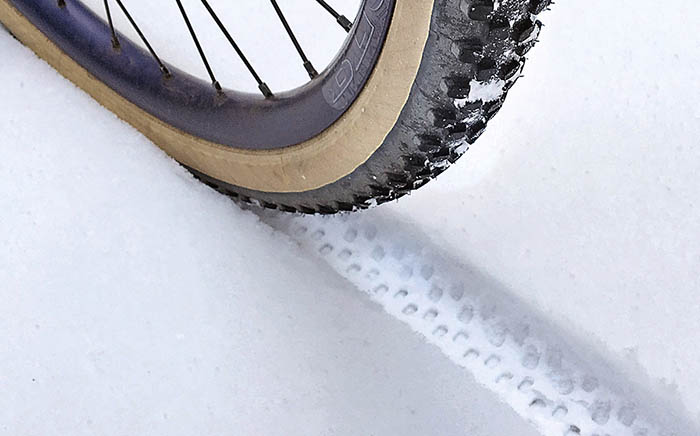
For bicycles, wide tires seem to be a better choice. Compressing the snow takes energy, and the less you sink in, the easier you roll. And cyclists don’t have enough weight and power to dig through the snow into the firm ground below.
What about ice? Under most conditions, only studded tires grip on ice. They punch holes into the ice that allows them to interlock with the surface. However, studded tires aren’t much fun to ride on dry roads. I suspect that a supple tire with studs wouldn’t work well – you probably need a stiff tire to push the studs into the (hard) ice.
There is one other issue: When it snows, many communities spread fine aggregate on the roads for better traction. Often, that aggregate contains freshly crushed rocks that can be very sharp and cause flat tires. In our area, we’ve found that the crushed rock will puncture worn tires – probably both because they are thinner and because aged rubber is easier to cut. Running relatively new tires has eliminated that concern for us.
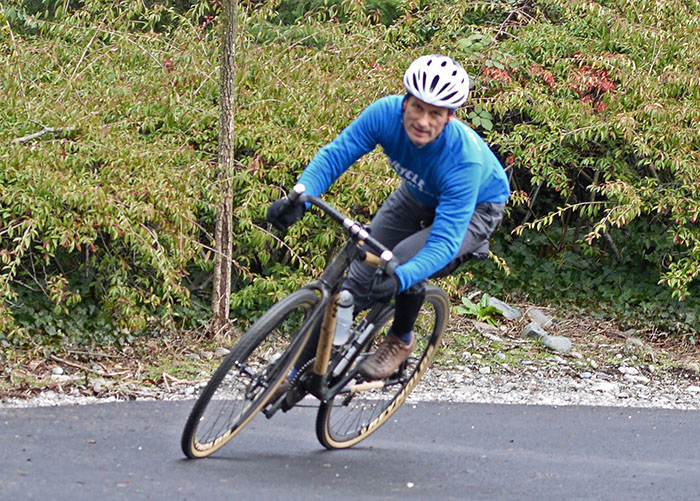
If you live in a place that sees snow, but also dry roads, our dual-purpose knobbies are hard to beat as all-round winter tires. They roll as fast on dry roads as most racing tires. They corner as well as most road tires (above). And yet on mud and snow, they offer the grip of the best knobbies. Available in 700C x 38 and 650B x 42 mm, they are a great choice for rides where you may encounter all kinds of conditions.
Click here for more information about our tires.


